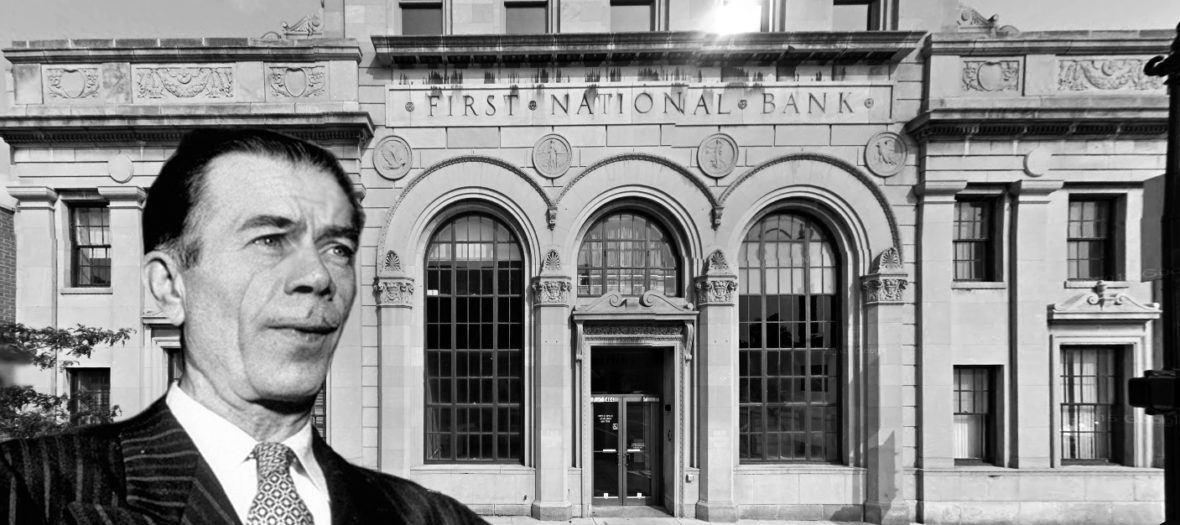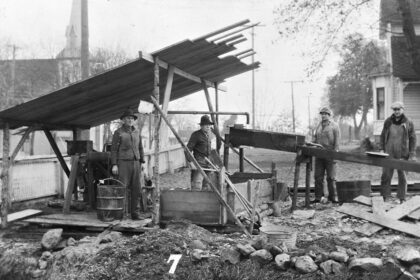William Francis “Willie” Sutton, Jr. was an American bank robber. During his 40 year robbery career, he stole an estimated $2 million, and he eventually spent more than half of his adult life in prison and escaped three times. Take a look below for 33 more strange and bizarre facts about Willie Sutton.
1. For his talent at executing robberies in disguises, he gained the nicknames, “Willie the Actor” and “Slick Willie.”
2. Sutton is also known as the namesake of the so-called Sutton’s law, although he denied originating it.
3. Sutton was born into an Irish-American family on June 30, 1901.
4. The family lived on the corner of Gold and Nassau Streets in the neighborhood of Irishtown, Brooklyn, which is now called Vinegar Hill.
5. According to his biography, “Where the Money Was,” at the age of 13, the family relocated to High Street.
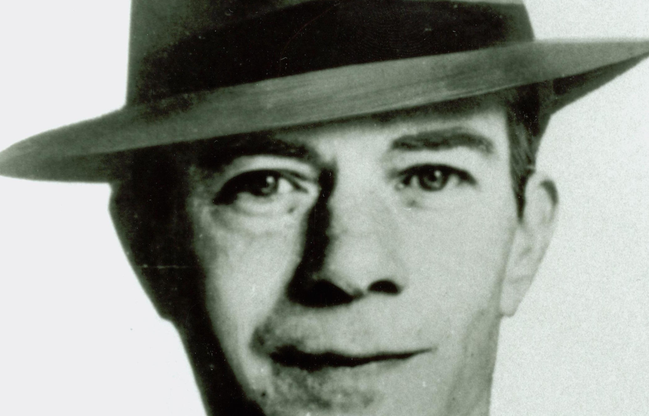
6. His father, William Sutton Sr., was a blacksmith.
7. His mother was Mary Ellen Bowles and, according to the biography, born in Ireland; however, according to the 1910 U.S. Census, she was born in Maryland and her parents were born in Ireland.
8. By 1910, she had given birth to five children, of which three were still alive.
9. According to the 1910 Census, his maternal grandfather, James Bowles, and his two maternal uncles were also living with the family.
10. Sutton was the fourth of five children, and did not attend school after the 8th grade.
11. He began his criminal career in 1919 at the age of 18, when he robbed the office of a friend’s father with the help of two of his friends.
12. The trio stole $16,000, but was soon caught. No charges were pressed against them.
13. During 1924 to 1925, he, along with a friend, worked for a burglary team headed by one of the biggest safe-crackers of that time, Edward Tate.
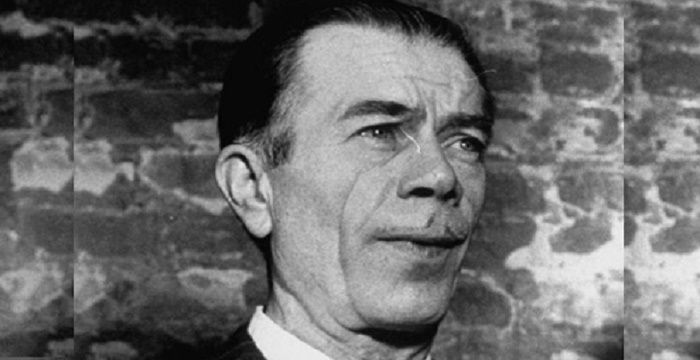
14. Willie learned a lot about the art of burglary from Tate.
15. He became a prolific burglar in 1930, committing a total of seven burglaries or attempted burglaries, targeting mostly jewellery stores or banks.
16. He was arrested in 1931, but managed to escape in 1932 using a smuggled gun.
17. Along with two accomplices, Willie, disguised as a policeman burglarized the Corn Exchange Bank, New York, in 1933.
18. The same year he attempted to rob the Corn Exchange National Bank & Trust, Philadelphia, but an employee foiled the plan. He returned in 1934 with two accomplices and made off with more than $20,000.
19. He was apprehended in 1934 and sentenced to life imprisonment, but he again escaped, this time disguised as a prison guard.
20. In 1950, he and some of his accomplices robbed the Manufacturers Trust Company, New York, by holding an employee on gunpoint. They got away with more than $60,000.
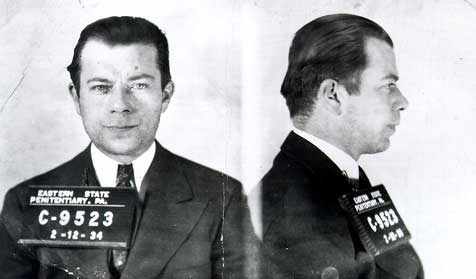
21. His criminal career came to an end when he was arrested in 1952 for robbing the Manufacturers Trust Company.
22. At the time of his arrest, he owed one life sentence plus 105 years.
23. He was tried in Queens County Court and given an additional sentence of 30 years.
24. In 1930, Willie entered the H&L Gross Jewelry Store in New York posing as a customer. He then robbed the owner at gunpoint and made off with jewelry worth $30,000.
25. That same year, he along with five accomplices including two women, entered the Richmond Hill National Bank and handcuffed some of the employees. They forced the manager to open the vault and give them $19,000.
26. Willie, disguised as a telegraph messenger entered the J. Rosenthal & Son Jewelry Store when an employee opened the door to receive the telegram. His accomplice followed and they both bound the employees. They ran off with jewelry worth $129,000.
27. Willie had made an unsuccessful attempt at robbing Corn Exchange Bank & Trust Co. in 1933 but he returned the next year to complete the task. Accompanied by two of his most trusted accomplices and armed with guns, they handcuffed the employees and forced the manager to open the vault and hand over $21,000.
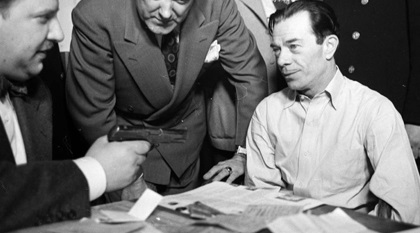
28. In 1950, he along with two accomplices robbed the Manufacturers Trust Company in their usual time-tested manner. They held the bank custodian at gunpoint while forcing the manager to open the vault. They made away with almost $64,000.
29. He married Louise Leudemann in 1929 with whom he had one daughter. She divorced him while he was in jail.
30. He married his second wife Olga Kowalska in 1933.
31. His prison sentence was suspended in 1969 due to his good behavior in prison and failing health and he became a free man.
32. Post his release from the prison, Willie became an advocate for prison reforms and advised banks on anti-robbery techniques. He didn’t commit any robbery again.
33. He suffered from emphysema during his later years. He spent his final years with his sister in Florida and died in 1980, aged 79.

